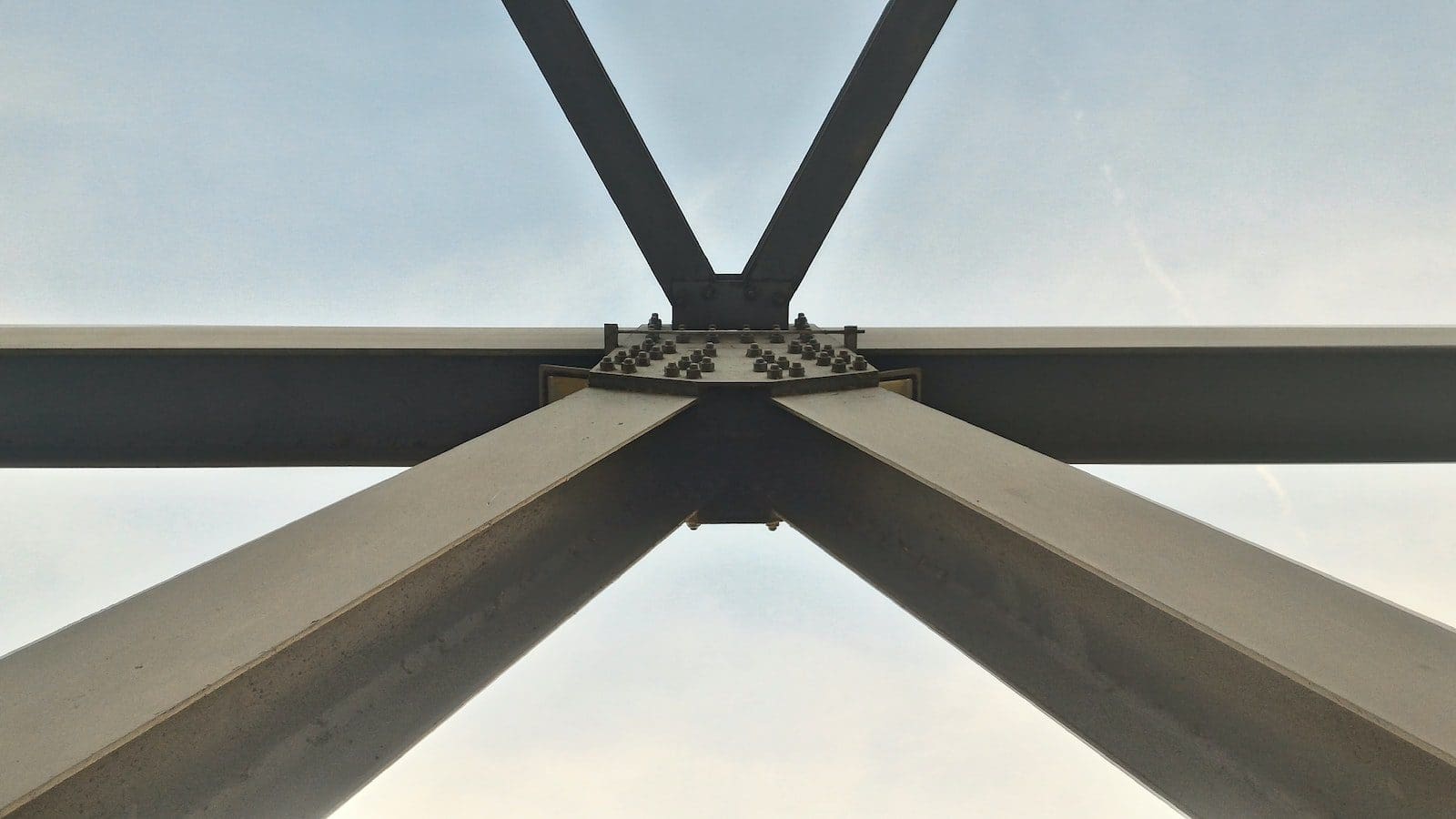The ACI Code is a foremost expert for checking, project planning, and advising for parties engaged in building projects and concrete layouts. A beam and a girder are the two most commonly used codes in engineering structures, but there are significant differences between them.
Key Takeaways
- Beams are horizontal structural elements designed to support loads primarily through bending, while girders are large beams that carry heavier loads and are used to support other beams.
- Girders are deeper and have a higher moment of inertia, offering greater resistance to bending and deformation.
- Depending on the application and structural requirements, both beams and girders can be made from various materials, such as steel, concrete, or wood.
Beam vs Girder
The difference between beams and girders is that beams are an essential component of rigid structural buildings and houses that are designed to support the dispersed load of any construction. These are the most built structural components to withstand beam stress. Whereas a girder is a sort of beam which sustains other minor beams, functioning as the building’s major horizontal stabilizer. The girder, with the exception of beams, is intended to support considerable circumferential loads such as pillars or beam responses.

A beam is a major component of a mechanical frame system that is specifically intended to support dispersed loads such as two walls or roof structures as well as additional rooftop room-tops.
Girders, as opposed to beams, are designed to support enormous tension forces such as pillars or beam reactions, and their load-carrying capacity is significantly greater than that of beams.
Comparison Table
| Parameters of Comparison | Beam | Girder |
|---|---|---|
| Meaning | A beam is a major component of a structural frame system that is specifically intended to support dispersed loads such as parallel walls or roof systems. | Girder is a horizontal primary sustaining beam in infrastructure designing and it can be considered as the support for a ‘beam’ that supports a vertical concentrated and compressive load. |
| Utility | For basic structural frameworks and for skeletal building for most construction projects. | Used as a support element for beams and for rooftop constructions as well. |
| Projects | Beams are used for constructing flats, offices, cubicles and houses. | Used for flyovers, overpassess, towers and pillars. |
| Size | Beams are tall and sleek in structure. | Girders are comparatively shorter and sturdier than beams. These are essential for dynamic load. |
| Price | Beams range from cheap metal to steel beams which are costlier. | Girders are less expensive than beams as they are made up of cement or stones. |
What is a Beam?
A beam is a major structural frame system component specifically intended to support dispersed loads such as parallel walls or roof systems.
In layman’s terms, a beam is any lateral part of the structure that experiences lateral load and therefore can sustain it.
In a structure, the weight might be flooring or a ceiling; in this instance, the beam is referred to as a flooring joist or roof joist. Strands are truss bridges with fully laden transverse beams; floor joists are the stronger transverse sections.

What is Girder?
Girders are large shafts that support the extremities of other beams which run orthogonal to each other. Cement girders are widely used.
It can be composed of several materials, including concrete, stainless steel, or a mix of the two. It sustains vertical weights and can be made of a single piece, or many pieces joined together.
Girders target small beams and serve as the primary support frame of construction, supporting significant compressive loads such as pilasters or beam responses.

Main Differences Between Beams and Girders
- Beams cannot be considered as girders, but girders can be used as beams and girders.
- Beams are used for constructing houses and flats, whereas girders are used for towers and flyovers.


The content is well-structured and provides a clear overview of the differences between beams and girders, making it a valuable resource for professionals and students in construction.
This is a very informative article, thank you for sharing! It’s important for anyone involved in construction to have a good grasp of these concepts.
I completely agree, understanding the differences between beams and girders can help ensure the success of any construction project.
Great explanation, it’s useful to know the main differences between beams and girders when planning a new construction project.
This detailed comparison table is very helpful for understanding the role of beams and girders in different types of construction projects.
I think the article could benefit from a more engaging tone, but the information provided is very valuable for professionals in the construction industry.
I think the technical nature of the topic limits how engaging it can be, but the clarity of the explanations is commendable.
I see your point, maybe some real-world examples would make the content more engaging
This article delivers insightful guidance on the differences between beams and girders, offering detailed explanations and examples for better comprehension.